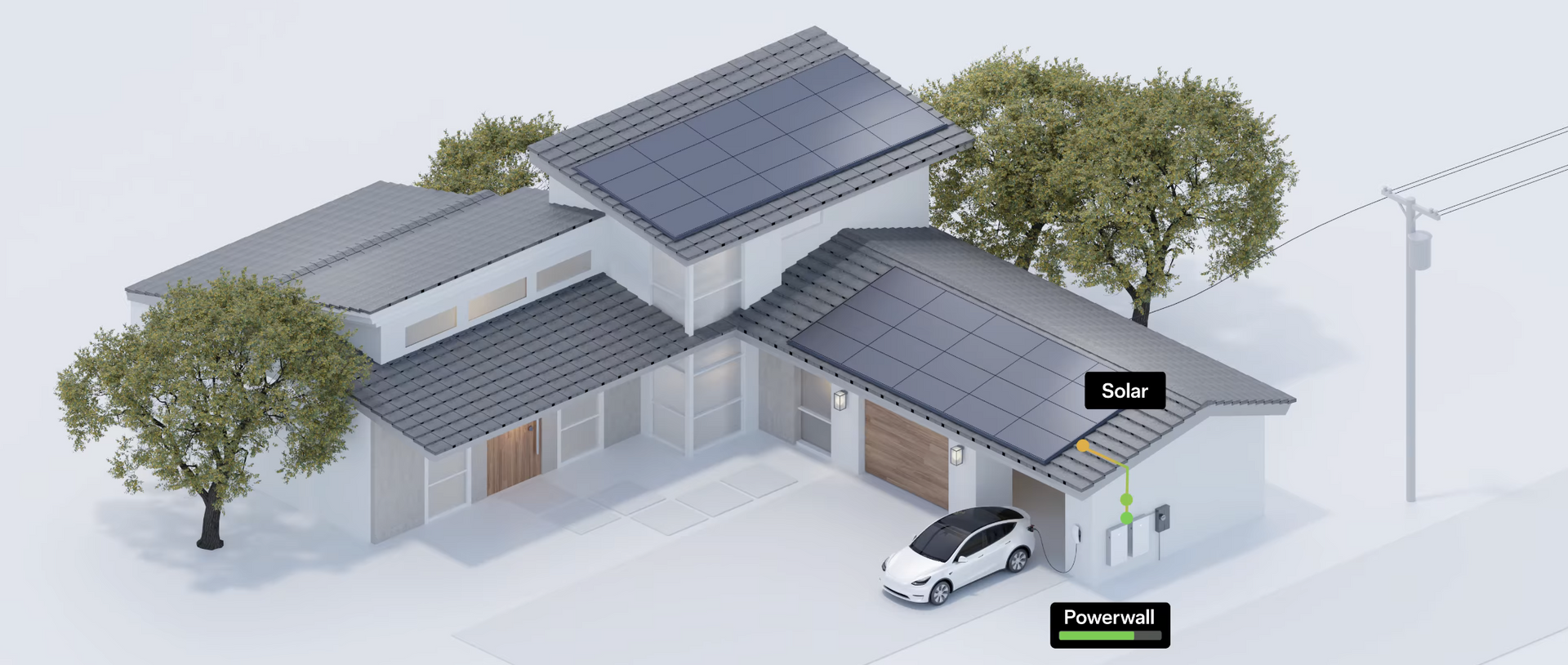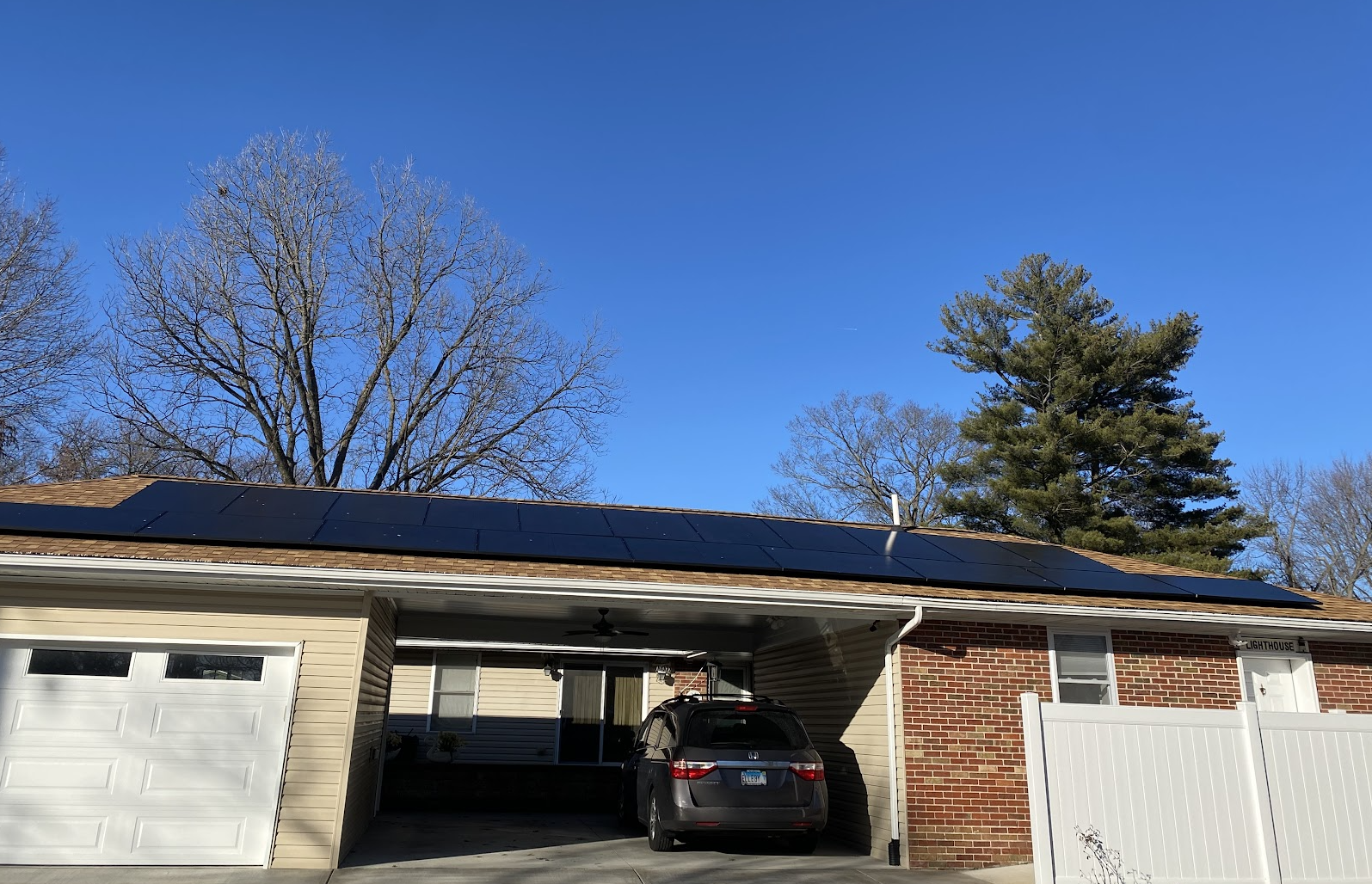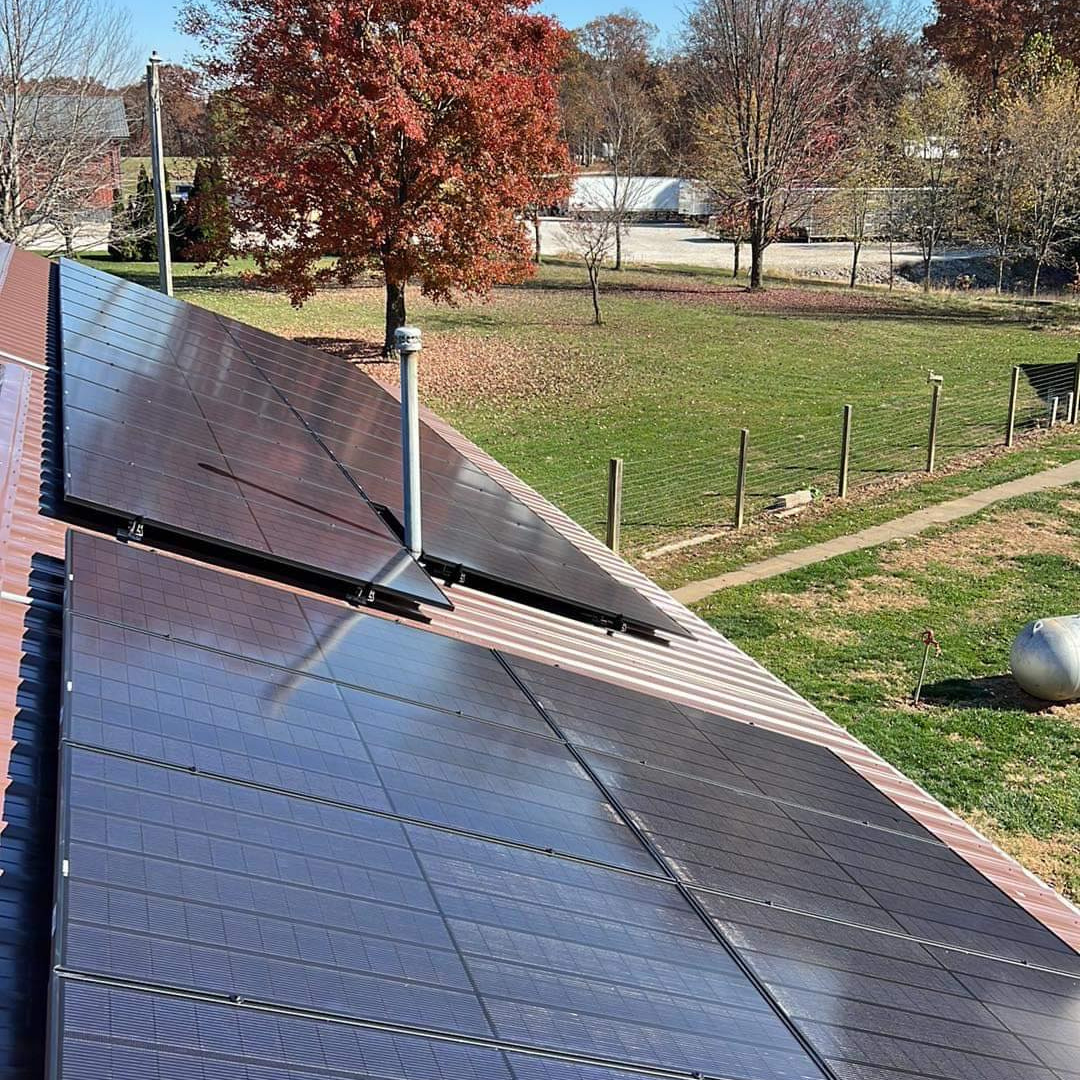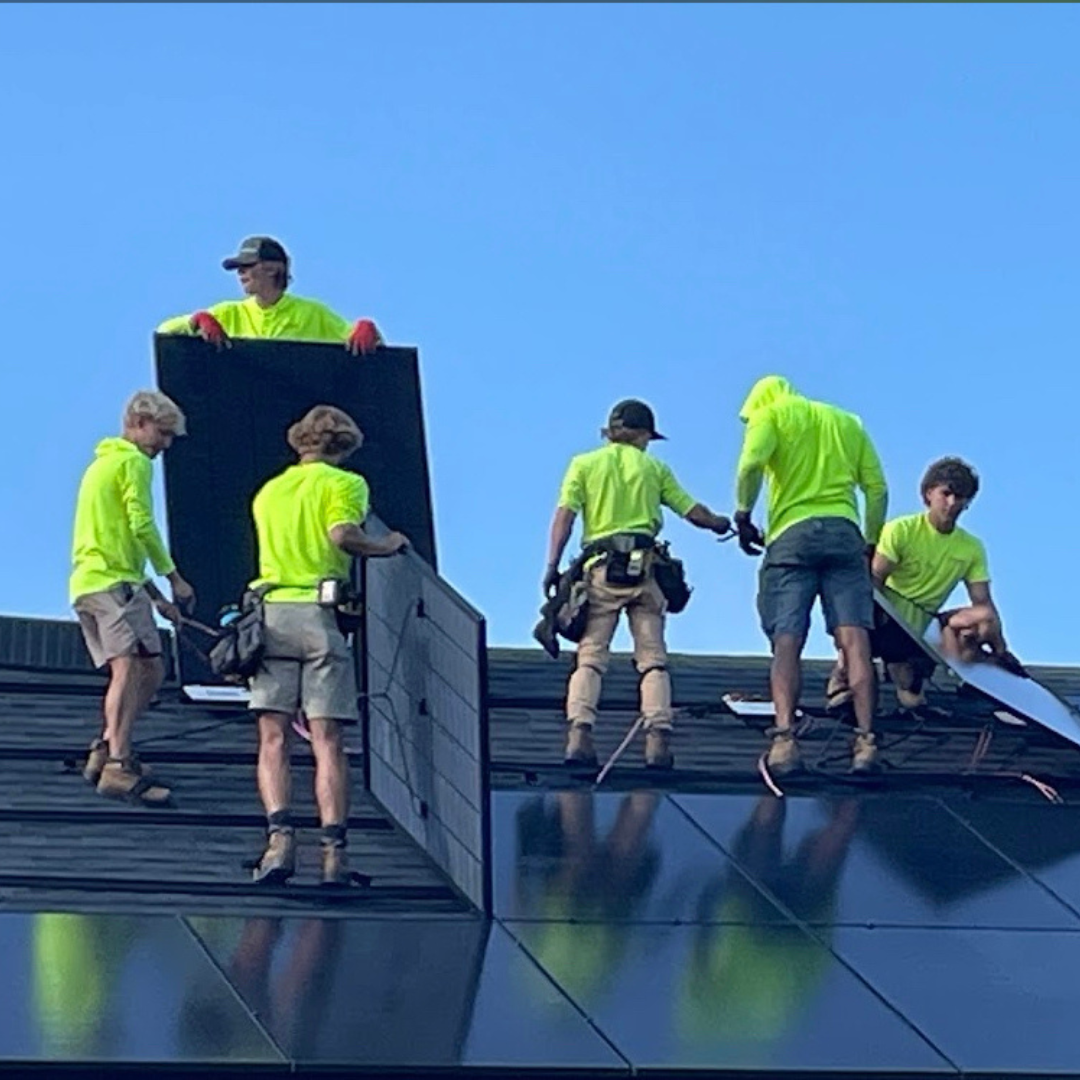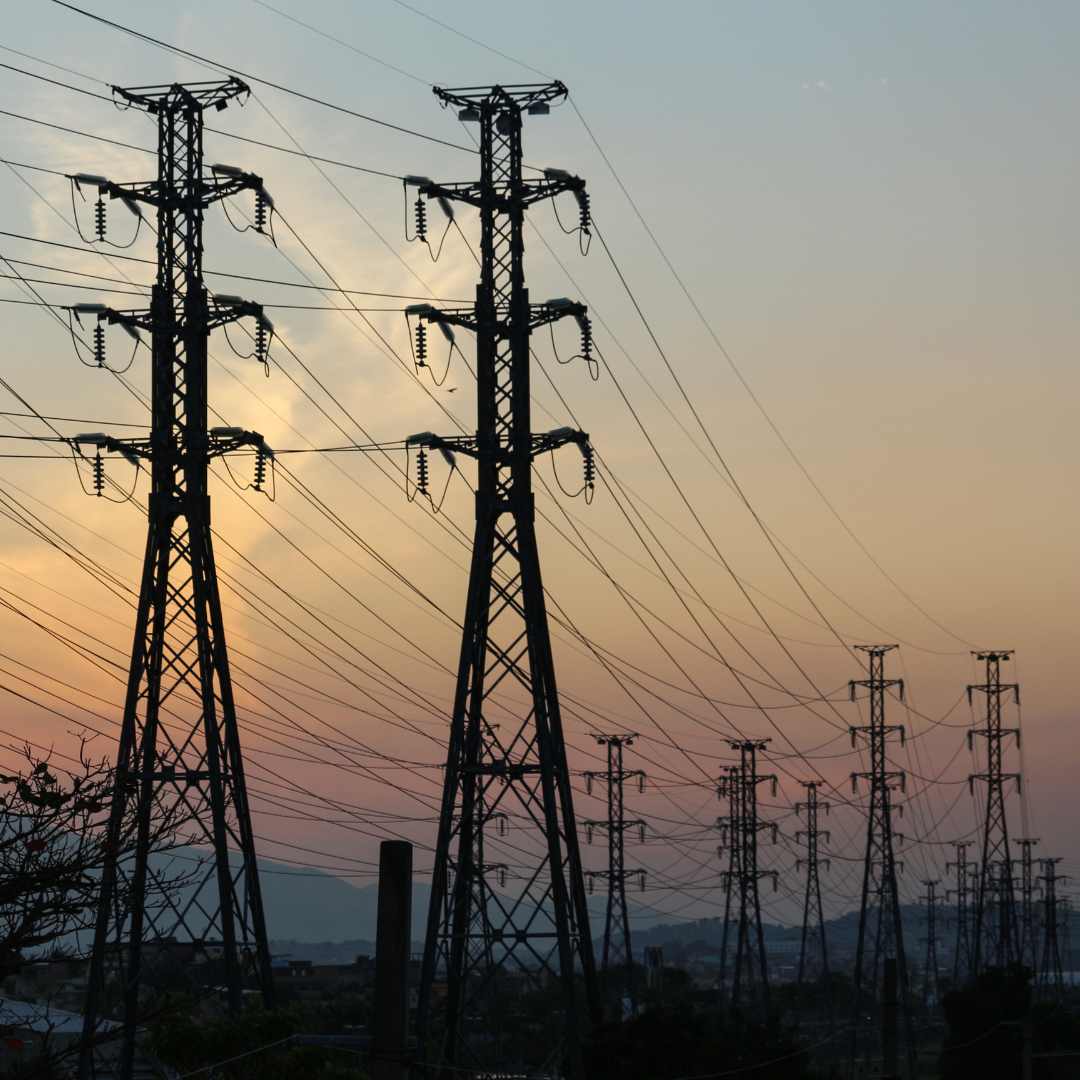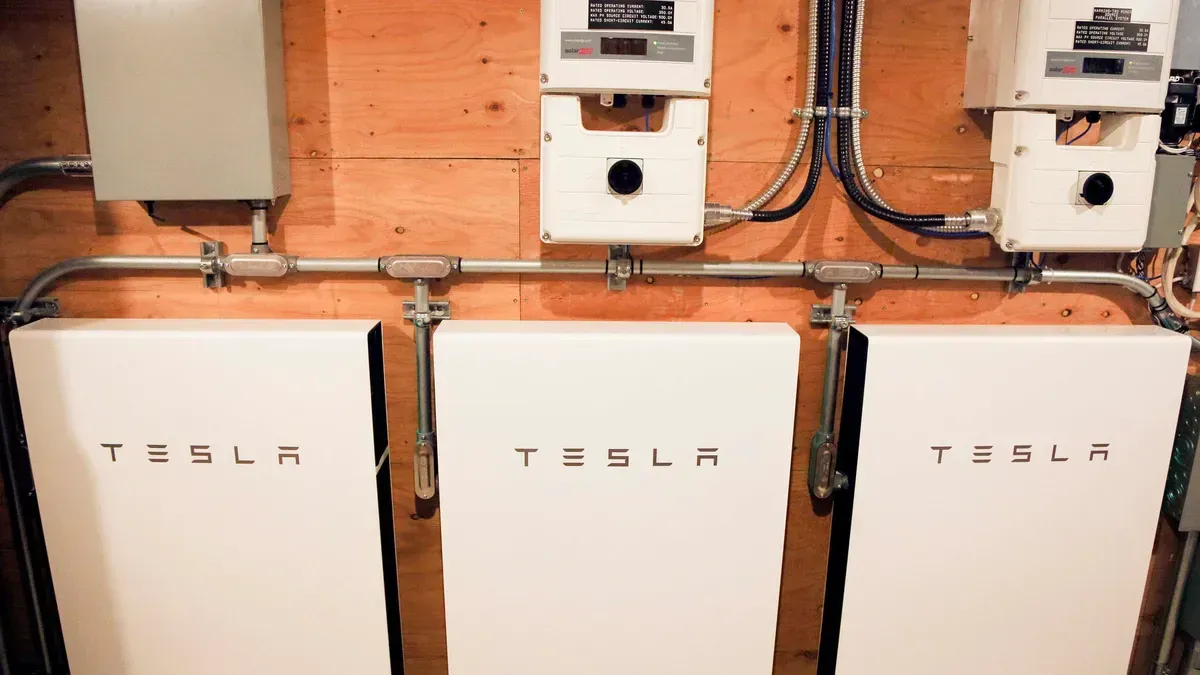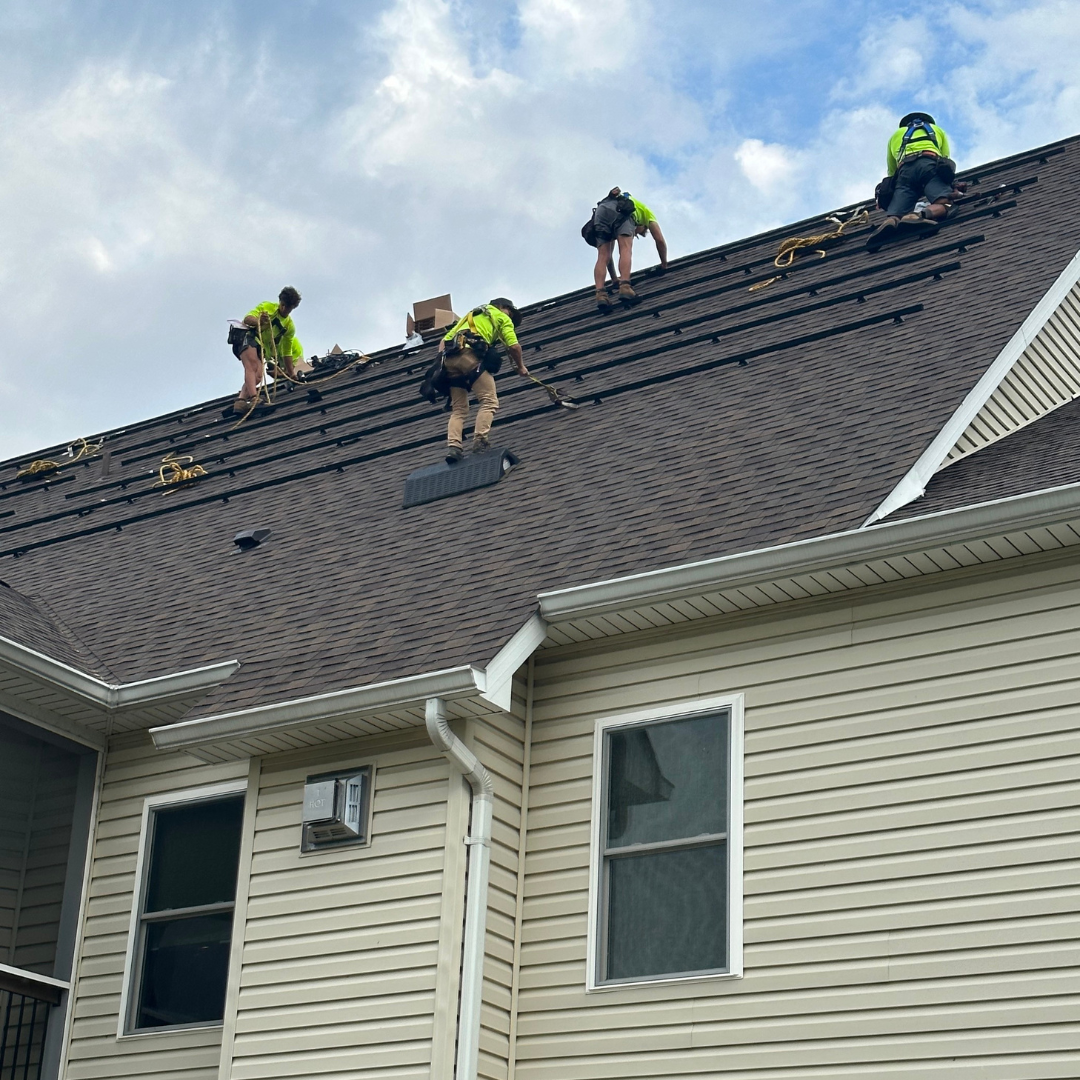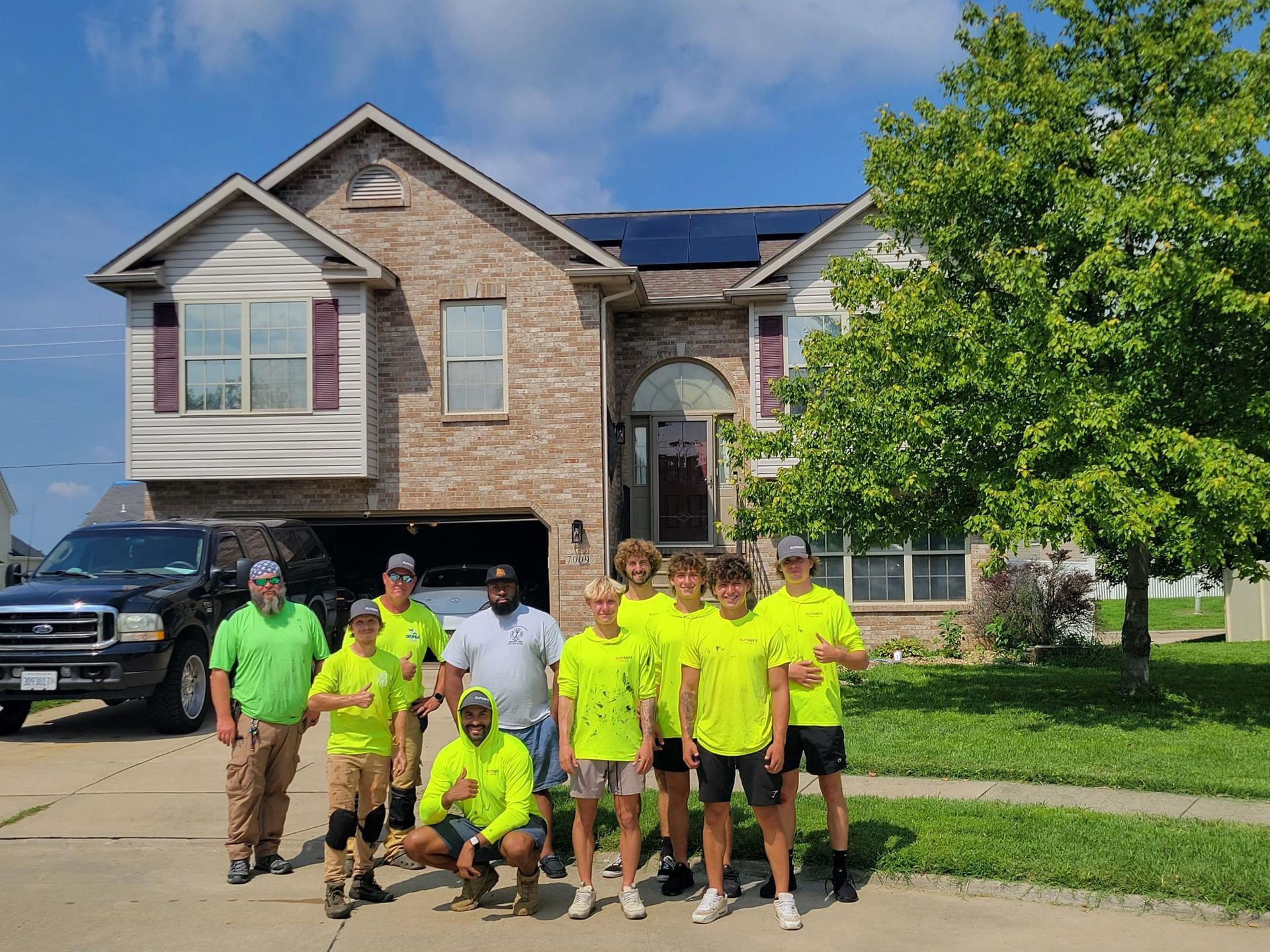AC vs DC: How Solar Power Works
Understanding AC vs. DC: How Solar Power Works
When it comes to solar energy, homeowners often come across the terms AC (alternating current) and DC (direct current). While these might sound technical, understanding the difference is key to making informed decisions about your solar energy system. At SunSent Solar, we specialize in helping Midwest homeowners navigate these essential concepts to get the most out of their solar investment.
What is Alternating Current (AC)?
AC, or alternating current, is the standard form of electricity used in homes and businesses. It constantly changes direction, moving back and forth to allow for efficient long-distance transmission. This is the type of electricity that powers everyday appliances like refrigerators, televisions, and lights. Because the power grid runs on AC, any solar energy generated must be converted from DC to AC before it can be used in a home.
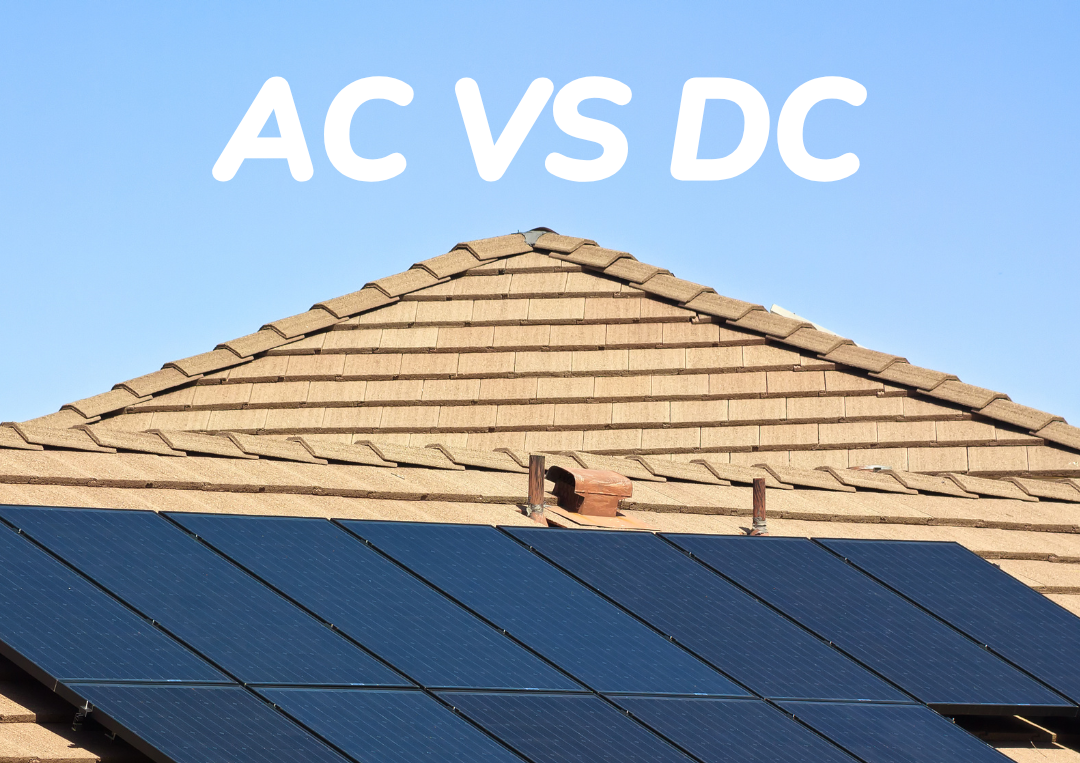
What is Direct Current (DC)?
DC, or direct current, flows in a single direction without changing polarity. Solar panels generate electricity in DC, which must be converted into AC to be compatible with the power grid and household appliances. While DC power is more stable and efficient for local transmission, traditional homes require AC, making an inverter a crucial component of any solar system.
AC vs. DC in Solar Power Systems
Each type of current has its advantages and plays a critical role in how solar power is used and stored. Here’s a breakdown of the key differences:
Advantages of an AC-Based Solar System:
Seamless Grid Integration – Because the electric grid operates on AC, having a system that delivers AC power allows for a smooth connection without additional equipment.
Long-Distance Efficiency – AC power can be transmitted over longer distances with minimal energy loss, making it ideal for large-scale solar farms and utility companies.
Household Compatibility – Since most appliances and home wiring are designed for AC, there is no need for additional converters beyond the standard inverter.
Advantages of a DC-Based Solar System:
Increased Efficiency – Since solar panels naturally generate DC electricity, using DC power directly can minimize energy loss caused by conversion.
Battery Storage Compatibility – Many battery storage systems, like Tesla Powerwalls, use DC power. A DC system can directly charge batteries without needing to convert the electricity, improving efficiency.
Optimized for Off-Grid Use – If you’re looking for complete energy independence, a DC system can be ideal, as it reduces reliance on grid-based conversions and transmission losses.
Interested in Solar?
At SunSent Solar, we provide expert guidance to ensure you get the most efficient setup for your home. Whether you’re looking to integrate battery storage, optimize energy efficiency, or connect to the grid seamlessly, we’ll help design the perfect system for you. Give us a call at 636-757-3083.
Want to Learn More?
If you're interested in diving deeper into solar energy concepts, check out our latest blog: Understanding kWh – What’s the Difference Between AC vs. DC? Our team at SunSent Solar is here to help you make the switch to clean, efficient energy with confidence.
Got questions? Reach out today and let’s get your solar journey started!
